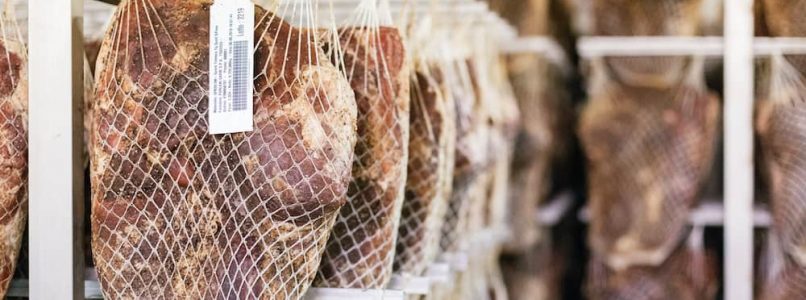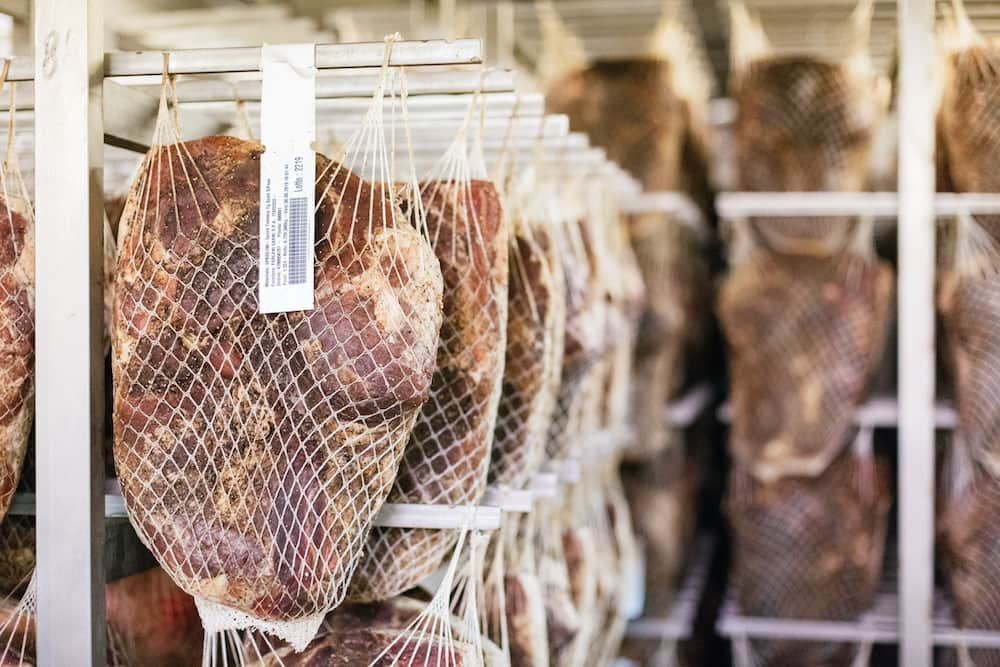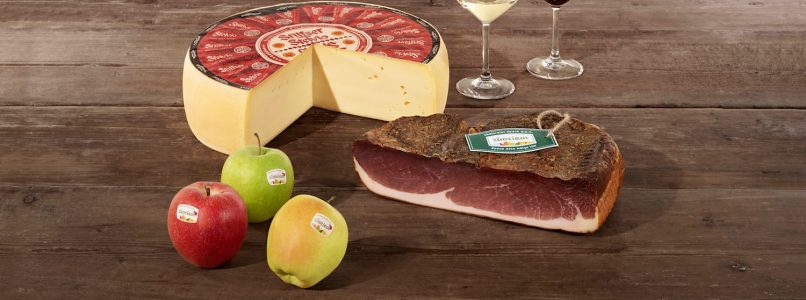Here's what to do in South Tyrol when it's autumn: take part in a real Törggelen, drink new wine and taste speck and chestnuts
What does autumn taste like in South Tyrol? Until you participate in a Törggelen you may not know it. It is indeed one of the most important South Tyrolean traditional festivals there is, where the main goal over time has never changed: being together, drinking new wine and tasting the products of the autumn season. During a real Törggelen it never fails Speck Alto Adige PGI, which is rigorously served whole on a cutting board and freshly cut and a chestnut bonfire to finish.
 What exactly is the Törggelen?
What exactly is the Törggelen?
From October 5 until Advent, more than twenty taverns open their doors for the Törggelen on the Chestnut Trail from Brixen and Bolzano. The Törggelen is atypical custom of South Tyrol, which consists of meeting up with friends and relatives in the cellars or farms to taste the new wine. The term, in fact, derives from the Latin torquere, that is, to twist, rotate the wooden presses with which once upon a time the crushed grapes were crushed. The Törggelen indicates precisely this moment of conviviality, when friends and relatives tried the new wine in the cellars, along with other homemade products, all with long maturation times, such as speck and chestnuts. Today the Törggelen is not so much changed from the past, with the difference that by now it is no longer an intimate party only between friends and acquaintances, but open and shared also with many tourists who come from everywhere, for an unforgettable party with music and songs until late at night.
To all Speck, the king of the table
If it is true that Speck Alto Adige PGI is the undisputed protagonist of South Tyrolean gastronomy throughout the year, it is even more so in the autumn period, when a real feast is also organized in his honor, in Val di Funes. In these days, all dedicated to the snack of the farmers of the past, is presented in many preparations, to highlight in different ways its flavor savory, spicy and slightly smoked. During this event, which every October attracts many enthusiasts and admirers, cooking classes are held continuously, with the peasant ladies who prepare simple dishes based on this delicacy all day: from canederli with speck and cabbage to other recipes of fingerfood, which visitors can then taste, taking home tips and tricks. You can also go on an excursion with Hans Mantinger, the fastest speck slicer in all of South Tyrol, to discover the traditional farms where it is produced. Last but not least, the Speck Alto Adige Festival can boast the brand GreenEvent: the event, in fact, is organized according to sustainability criterià aimed at protecting the environment and the climate; during the event, great attention is given to the use of organic products, intelligent waste management, energy saving, noise reduction and general social responsibility. But Speck Alto Adige is not the only and only protagonist of autumn in South Tyrol.
 Chestnuts in all forms
Chestnuts in all forms
Autumn in South Tyrol begins when the first ones are shared chestnuts in company, whether toasted on the fire or in other forms. In fact, from the chestnuts, the undisputed protagonists of the South Tyrolean table, we also obtain the flour that is used for numerous preparations: from gnocchi and fresh pasta to mousses and cakes. The important thing is that chestnuts are never missing, as a typical product of local traditional more ancient. We leave you with our recipe based on chestnut flour and we are waiting for you in South Tyrol!
Brown roll
Ingredients
300 g brown jam
150 g mascarpone
125 g granulated sugar
75 g flour
20 g cocoa powder
2 eggs
Maraschino
butter for the pan
Method
Whip the egg yolks with the sugar, add the sifted flour together with the cocoa powder and complete with the egg whites until stiff. Spread the mixture on a greased plate covered with baking paper, also greased, forming a rectangle, and bake it for about 10 minutes at a temperature of 180 °. Take the biscuit out of the oven and let it cool down; brush the entire surface with Maraschino and water in equal parts, then spread with the brown jam, perfectly mixed with the mascarpone. Roll up the cake on itself, then cut it into 24 slices.

 The basic rules
The basic rules
 A real specktacle!
A real specktacle! Melamangio
Melamangio